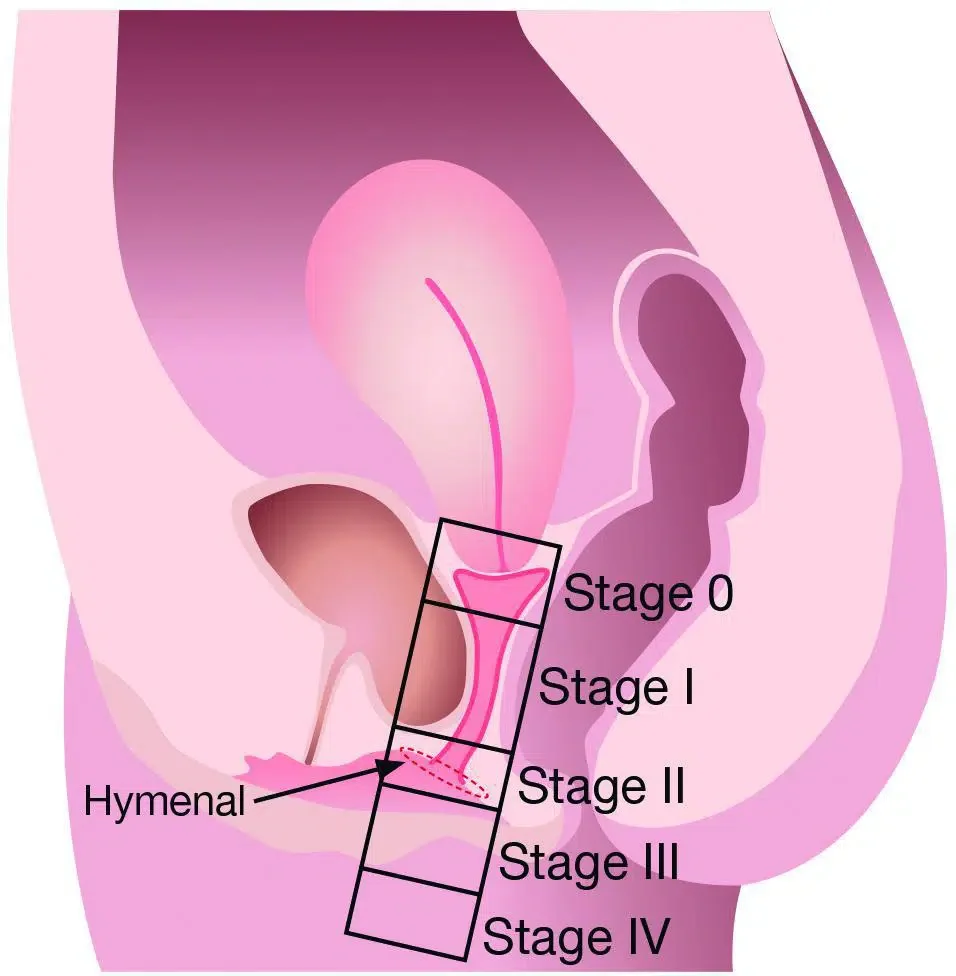A pelvic floor disorder involving a group of muscles and connective tissues in the pelvic region can significantly impact daily life. The pelvic floor extends from the pubic bone to the base of the spine, also known as the coccyx, functioning as a supportive hammock for vital organs such as the bladder, bowels, and uterus. The proper contraction and relaxation of these muscles are essential for maintaining healthy bodily functions.
RELATED: Pelvic Floor Repair
Despite common misconceptions, pelvic floor dysfunction is not an uncommon health issue among women in the UK. These disorders can manifest at any stage in a woman’s life. Although they typically do not pose a direct threat to life, they can substantially impair a woman’s quality of life due to the distressing and often debilitating symptoms associated with these conditions.
Pelvic floor disorders come in various forms, each presenting with its unique set of symptoms. Here, we aim to outline some of the most prevalent disorders affecting women and their associated signs to foster a better understanding of these conditions.
RELATED: Loose Vagina – Causes and Treatments
Urinary Incontinence Symptoms
Urinary incontinence, characterised by the total or partial inability to control bladder function, is the most prevalent pelvic floor disorder. This condition stems from the weakening of the muscles that govern the bladder’s valve. Often, the main issue is the pelvic floor muscles’ inability to relax adequately, leading to a lack of coordination in these muscles. This incoordination can prevent urination on demand, leading to frequent involuntary leakage.
RELATED: What Causes Urinary Incontinence In Women?
Initial symptoms can appear relatively harmless, such as minor urine leakage when sneezing or coughing. However, if left unaddressed, pelvic floor dysfunction can deteriorate over time, leading to more frequent and uncontrollable instances of involuntary urine loss.
Symptoms associated with urinary incontinence can differ significantly among individuals. Nevertheless, common indicators often include the following:
- Involuntary leakage of urine during actions that exert pressure on the abdomen, such as laughing, coughing, or sneezing
- Difficulty initiating urination
- An inability to empty the bladder during urination
- A sensation of pressure or discomfort in the bladder
- An increased frequency of urination
- Unexpected or uncontrolled urine leakage
RELATED: IncontiLase (Urinary Incontinence)
Pelvic Organ Prolapse Symptoms

Pelvic organ prolapse is a particularly distressing form of pelvic floor dysfunction. This condition arises when the pelvic floor muscles and connective tissues, which act as a supportive sling for the pelvic organs, weaken or become damaged. This weakness or damage can cause the sling to thin out or even rupture, leading to a “prolapse” or displacement of the supported organs.
The occurrence of prolapse can cause significant discomfort and disrupt the normal functioning of the displaced organs. The affected organs can herniate or bulge into the vaginal wall, which can be visibly observed in some cases. When the bladder herniates, it’s referred to as a cystocele, while a herniated rectum is known as a rectocele.
RELATED: Vaginal Laser Treatment
Common symptoms of pelvic organ prolapse include:
- A sensation of heaviness or fullness in the pubic area
- A dragging or discomforting feeling in the vagina
- The presence of visible bulges within the vagina
- Pain or discomfort during sexual intercourse
- Challenges associated with urination or bowel movements
Faecal Incontinence
Faecal incontinence is another type of pelvic floor disorder that mirrors urinary incontinence in many ways, with the crucial difference being the loss of bowel control rather than bladder control. In this condition, the pelvic floor muscles that regulate the bowels and rectum fail to function optimally, leading to a variety of complications.
Women suffering from faecal incontinence may experience passive incontinence, where stool is passed unexpectedly and without control. Alternatively, they may encounter urge-related incontinence, which is characterised by continuous muscle contraction that hinders the passage of stool.
Faecal incontinence can impact women of any age group, although it is most frequently observed among older women and those recovering from childbirth. The common symptoms associated with this condition include:
- Unforeseen bowel movement accidents
- Occasional leakage of stool or mucus without warning
- Regular episodes of diarrhoea
- Difficulty in passing stool
- Persistent constipation
Highly Effective Laser Treatment for Pelvic Organ Prolapse at Centre for Surgery
While pelvic floor disorders can significantly disrupt daily activities, it’s important to remember that they are highly treatable. Centre for Surgery in London is a specialist gynaecology clinic dedicated to effectively treating pelvic organ prolapse through minimally invasive procedures.
We are pioneers in the field, among the first clinics to offer the non-invasive laser treatment for pelvic organ prolapse known as ProlapLase. Our skilled surgeons can design a personalised treatment plan tailored to your specific needs to alleviate the symptoms and effects of pelvic organ prolapse.
RELATED: Vaginal Tightening Options – Ways to Tighten Your Vagina
Don’t let pelvic floor dysfunction control your life. Call 0207 993 4849 to book a consultation at our clinic on Baker Street. This supportive and professional environment is the ideal place to gain a deeper understanding of pelvic floor dysfunction and finally take control of your symptoms. We’re here to help you reclaim your quality of life.











